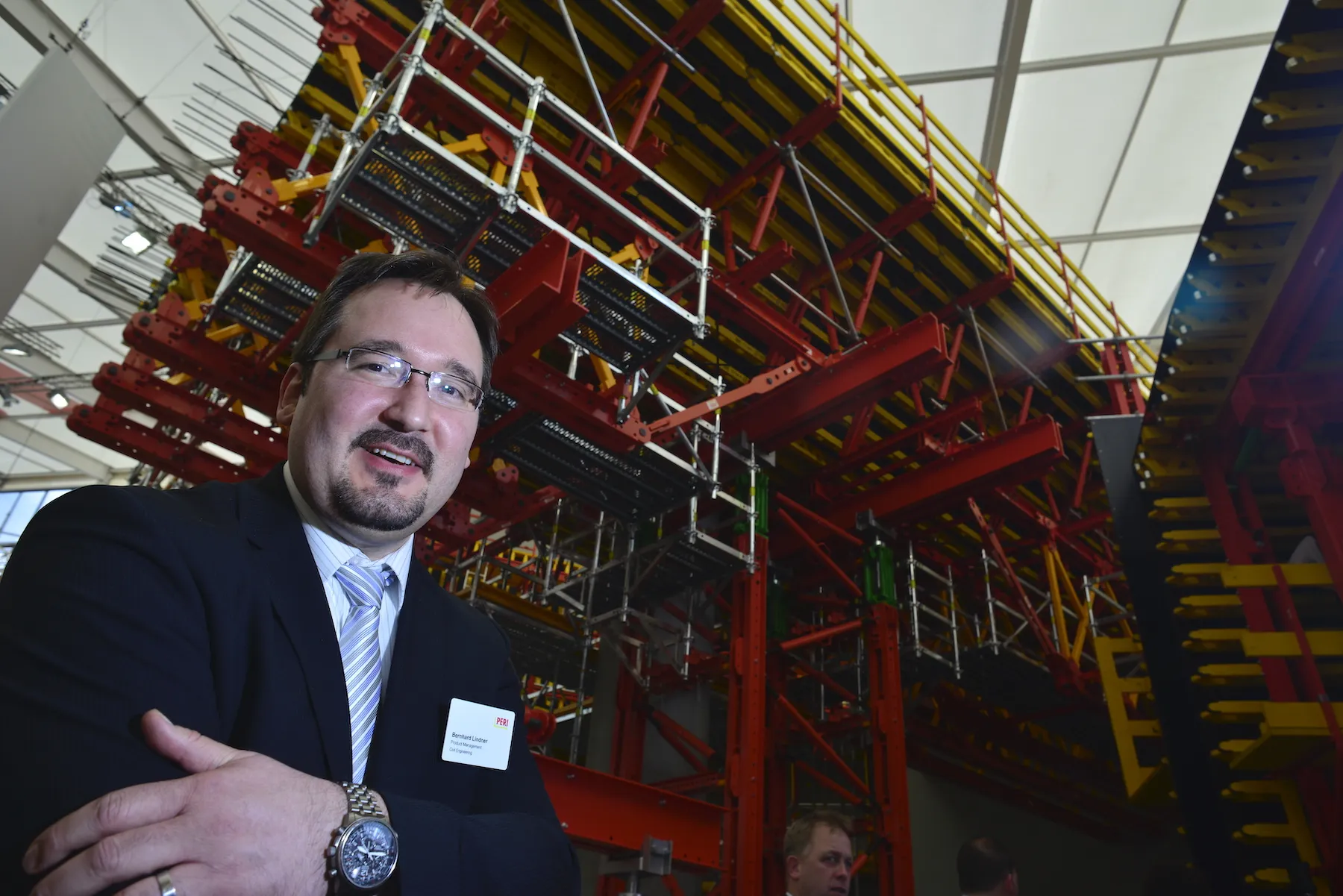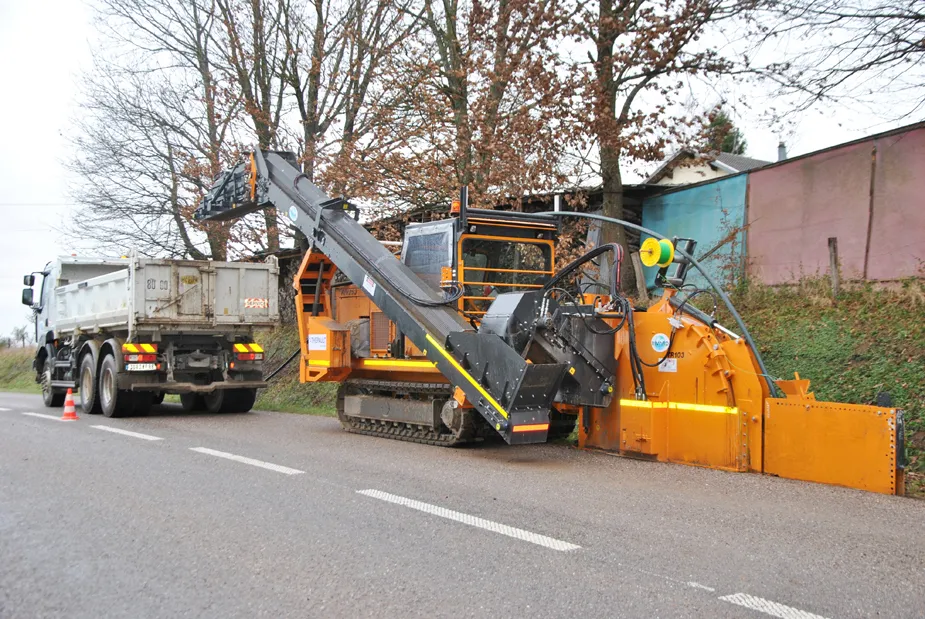Time for a taxi ride around New York City, but back in 1928. Sit back and take a cruise, albeit tongue-in-cheek, around some of central New York’s better streets.
But look closely. Rail lines were a prominent feature of those wider city streets as cars and trams mixed it along the boulevards, with people happily running between vehicles any which way. The roads surface looked as if there were no wear course, but simply a base course.
Notice, also, few traffic signs and the absence of white dividing lines - or any other lines for that matter. In fact, there doesn’t appear to be any traffic lights – traffic semaphores, as they were originally called, after the system of railway semaphores.
In the early 20 century, policemen were the arbiters of right of way and they were found on most major intersections in central New York. But it wasn’t necessarily a safe occupation. Starting in the early 1920s a series of “traffic towers” were set up where the policeman stood in an enclosed kiosk raised high above the junction, possibly 7m or more.
Once such %$Linker:
Traffic towers were the result of a failure of the first attempt at traffic lights in 1917, according to historical records. In Freedlander’s tower, a policeman changed signals, allowing one to two minutes for each direction. But since 1920, green had meant Fifth Avenue traffic was to stop so crosstown traffic could proceed. A white light had meant go.
But, as more traffic flowed through the arteries of N.Y.C., the more the traffic towers became a nuisance because most were situated in the centre of the road. Towers increasingly became an obstacle in themselves and 1929 signalled the end of the tower, to be replaced with what we are now familiar.
VIDEO: The ‘Hey! Watch out!’ traffic lights system
Time for a taxi ride around New York City, but back in 1928. Sit back and take a cruise, albeit tongue-in-cheek, around some of central New York’s better streets. But look closely. Rail lines were a prominent feature of those wider city streets as cars and trams mixed it along the boulevards, with people happily running between vehicles any which way. The roads surface looked as if there were no wear course, but simply a base course.
September 5, 2016
Read time: 2 mins







